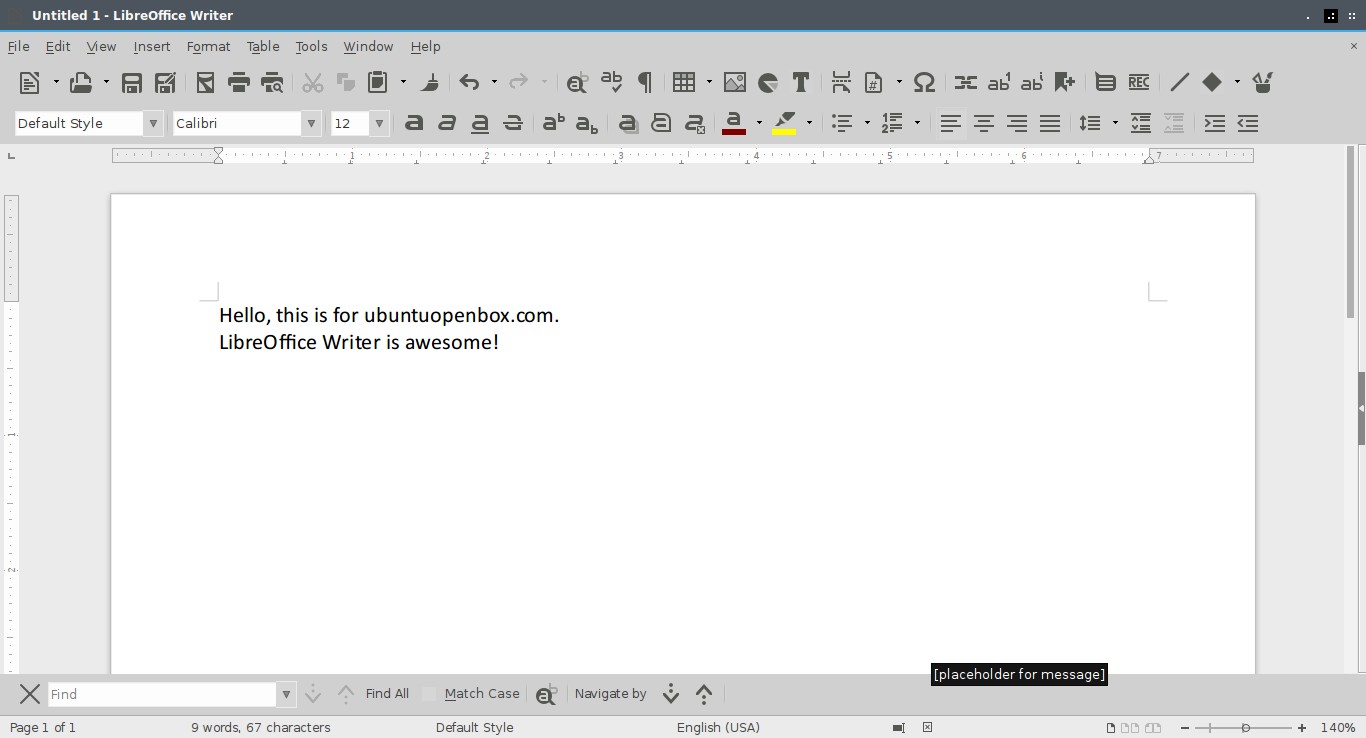
 ease of producing complicated, or tedious, document elements such as indexes, glossaries, table of contents, lists of figures. facilities for footnotes, cross-referencing and management of bibliographies.
ease of producing complicated, or tedious, document elements such as indexes, glossaries, table of contents, lists of figures. facilities for footnotes, cross-referencing and management of bibliographies.  support for typesetting extremely complex mathematics, tables and technical content for the physical sciences. Various arguments can be proposed for, or against, learning to use L aT eX instead of other document-authoring applications but, ultimately, it is a personal choice based on preferences, affinities, and documentation requirements. This means you only need to focus on the content of your document and the computer, via LaTeX commands and the TeX engine, will take care of the visual appearance (formatting). To produce a visible, typeset document, your LaTeX file is processed by a piece of software called a TeX engine which uses the commands embedded in your text file to guide and control the typesetting process, converting the LaTeX commands and document text into a professionally typeset PDF file. LaTeX works very differently: instead, your document is a plain text file interspersed with LaTeX commands used to express the desired (typeset) results. However, LaTeX’s mode of operation is quite different to many other document-production applications you may have used, such as Microsoft Word or LibreOffice Writer: those “ WYSIWYG” tools provide users with an interactive page into which they type and edit their text and apply various forms of styling. L aT eX (pronounced “ LAY-tek” or “ LAH-tek”) is a tool for typesetting professional-looking documents.
support for typesetting extremely complex mathematics, tables and technical content for the physical sciences. Various arguments can be proposed for, or against, learning to use L aT eX instead of other document-authoring applications but, ultimately, it is a personal choice based on preferences, affinities, and documentation requirements. This means you only need to focus on the content of your document and the computer, via LaTeX commands and the TeX engine, will take care of the visual appearance (formatting). To produce a visible, typeset document, your LaTeX file is processed by a piece of software called a TeX engine which uses the commands embedded in your text file to guide and control the typesetting process, converting the LaTeX commands and document text into a professionally typeset PDF file. LaTeX works very differently: instead, your document is a plain text file interspersed with LaTeX commands used to express the desired (typeset) results. However, LaTeX’s mode of operation is quite different to many other document-production applications you may have used, such as Microsoft Word or LibreOffice Writer: those “ WYSIWYG” tools provide users with an interactive page into which they type and edit their text and apply various forms of styling. L aT eX (pronounced “ LAY-tek” or “ LAH-tek”) is a tool for typesetting professional-looking documents. 
15.3 Packages available on Overleaf: Introducing TeX Live.15.2 Finding information about packages: CTAN.5 Including title, author and date information.










